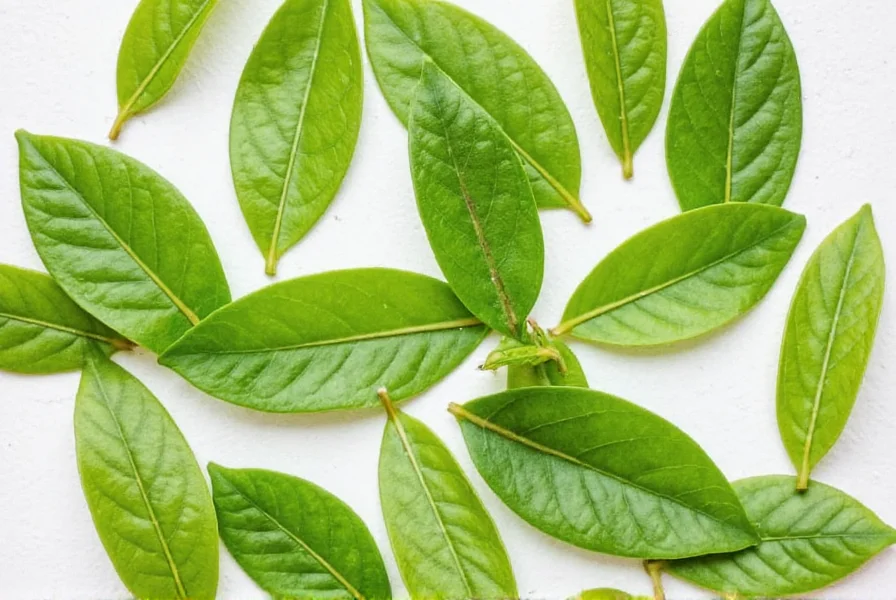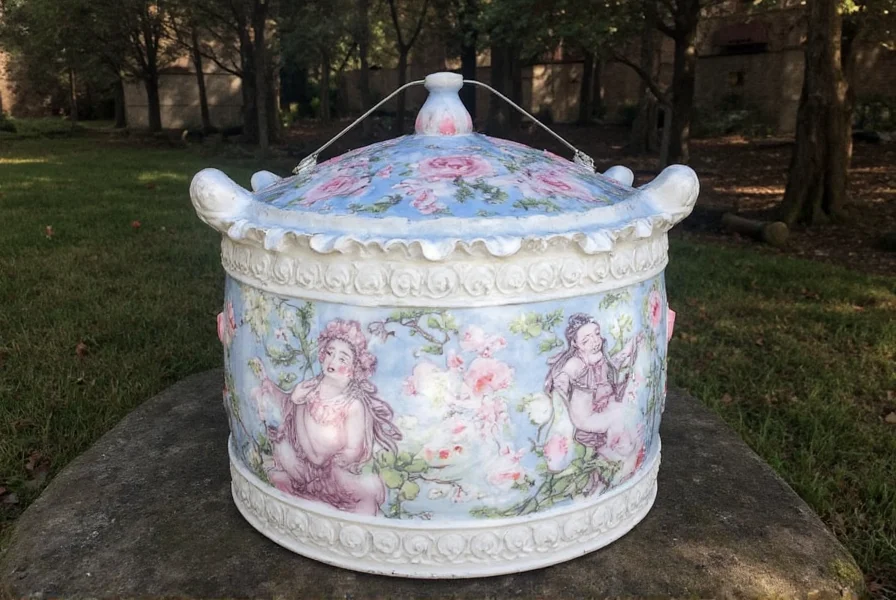| Herb | Flavor Profile | Best For |
|---|---|---|
| Basil | Sweet, peppery | Pasta, pesto, caprese salad |
| Parsley | Fresh, mild | Garnish, soups, tabbouleh |
| Thyme | Earthy, minty | Roasted meats, stews, potatoes |
| Rosemary | Pine-like, robust | Lamb, roasted vegetables, focaccia |
| Dill | Grassy, citrusy | Fish, pickles, creamy sauces |
| Oregano | Spicy, earthy | Pizza, pasta sauces, grilled veggies |
| Cilantro | Citrusy, soapy (to some) | Mexican, Indian, Asian cuisine |
Discover the top 7 essential cooking herbs for every kitchen, with expert tips on usage, storage, and pairings to elevate your meals instantly. Whether you're a beginner or seasoned cook, these herbs transform simple dishes into extraordinary creations.
Top 7 Cooking Herbs Every Kitchen Should Have
- Basil – Sweet, peppery, and aromatic
- Parsley – Fresh, mild, and versatile
- Thyme – Earthy, lemony, and perfect for roasts
- Rosemary – Pine-like scent and bold flavor
- Dill – Bright, grassy, and great with fish
- Oregano – Robust and spicy, ideal for Italian dishes
- Cilantro – Citrusy and divisive—love it or hate it!

Pro Tips for Using Herbs Like a Chef
You don’t have to be a professional chef to use herbs like one. Here are some insider tricks that will help you get the most out of your cooking herbs:
- Chop Right Before Using: Chopping too early causes flavor loss. Wait until the last moment before adding to your dish.
- Add Fresh Herbs at the End: Most fresh herbs lose their potency when cooked for long periods. Add them toward the end of cooking or after.
- Toast Dried Herbs Slightly: Gently heating dried herbs in a dry pan releases more oils and intensifies their flavor.
- Make Your Own Herb Oil: Infuse olive oil with rosemary, thyme, or basil for a gourmet finishing touch.
- Use Them Whole for Infusion: Rosemary sprigs or thyme bundles tied together make excellent infusion tools for soups and braises.

Buying Guide: How to Choose the Best Herbs
Whether you're shopping at a farmers market or picking from the grocery store shelf, here's how to spot quality cooking herbs:
Fresh Herbs Checklist
- Look for bright color—no yellowing or wilting
- Leaves should feel firm and slightly crisp
- Avoid herbs with visible mold or sliminess
- Smell is key—aromatic and not musty
Dried Herbs Checklist
- Buy whole leaves or stems if possible (better aroma retention)
- Check expiration date; dried herbs typically last about 1–3 years
- Color should be vibrant—not dull or brownish
- Store in airtight containers away from heat and light
| Product | Description | Features | Best For | Occasions |
|---|---|---|---|---|
| Herb Garden Starter Kit | All-in-one pack with basil, thyme, parsley, and oregano seeds | Non-GMO, organic soil included, beginner-friendly | Home gardeners, cooking enthusiasts | Spring planting, indoor gardening |
| Stainless Steel Herb Stripper | Tool that removes leaves quickly without damaging stems | Durable, ergonomic handle, multiple hole sizes | Busy cooks, culinary pros | Dinner prep, batch cooking |
| Vacuum-Sealed Dried Herb Set | Set of 6 premium dried herbs including rosemary, dill, oregano | Air-tight packaging, no additives, restaurant-grade quality | Seasoned home cooks, meal preppers | Weeknight meals, camping, travel cooking |

Dried vs. Fresh Herbs: Which One Should You Use?
The age-old debate! Both fresh and dried herbs have their place in the kitchen. Here's how to decide which one to use:
When to Use Fresh Herbs
- To finish a dish (like a sprinkle over soup or salad)
- In raw recipes (salsas, dressings, garnishes)
- For delicate flavor (e.g., cilantro in tacos)
When to Use Dried Herbs
- In long-cooked dishes (stews, soups, sauces)
- When convenience is key (no chopping required)
- For strong flavor profiles (oregano in pizza sauce)
| Aspect | Fresh Herbs | Dried Herbs |
|---|---|---|
| Flavor Intensity | Mild, delicate | Strong, concentrated |
| Shelf Life | Days to weeks | Months to years |
| Best Use Case | Finishing touches, salads, short-cook dishes | Slow cooking, baking, seasoning blends |
Storage Secrets: Keep Your Herbs Fresher Longer
Nothing's worse than watching your fresh herbs wilt away. Here's how to keep them fresh—and usable—for longer:
- Basil: Store in water like a bouquet, at room temperature (not fridge).
- Parsley/Cilantro: Wrap in damp paper towels and refrigerate in an airtight container.
- Freeze for Longevity: Chop herbs and freeze in ice cube trays with oil or water for easy portioning.
- Dried Herbs: Keep in glass jars away from sunlight and moisture.
- Dehydrate Fresh Herbs: Use a dehydrator or oven on low heat to preserve summer harvests.
Herb Pairings: Boost Flavors with Smart Combinations
Pairing herbs isn't just for perfumers—it's also crucial in cooking! Here are some classic herb duos that work like magic:
- Basil + Oregano: The heart of any Italian tomato sauce.
- Rosemary + Thyme: Perfect for roasting chicken or potatoes.
- Parsley + Cilantro: Adds brightness to salsas and chimichurri.
- Dill + Tarragon: Dream team in creamy fish sauces.
- Mint + Basil: Surprisingly refreshing in fruit salads and cocktails.
Frequently Asked Questions About Cooking Herbs
What are the most essential cooking herbs for beginners to start with?
For beginners, the essential herbs to start with are basil, parsley, thyme, and oregano. These four provide a versatile foundation for many cuisines. Basil works well in Italian dishes, parsley is a universal garnish and flavor enhancer, thyme complements meats and vegetables beautifully, and oregano is perfect for tomato-based sauces and Mediterranean cooking. Once you're comfortable with these, you can expand to rosemary, dill, and cilantro based on your cooking preferences.
How much dried herb should I use instead of fresh in recipes?
The general rule is to use one-third the amount of dried herbs when substituting for fresh. This is because dried herbs are more concentrated in flavor. For example, if a recipe calls for 1 tablespoon of fresh thyme, you would use 1 teaspoon of dried thyme instead. Remember that dried herbs benefit from being added earlier in the cooking process to allow their flavors to fully develop, while fresh herbs are typically added at the end for maximum flavor impact.
Why do some people think cilantro tastes like soap?
The soapy taste some people detect in cilantro is actually genetic. Research has shown that a specific gene (OR6A2) affects how certain people perceive the aldehydes (organic compounds) found in cilantro. For those with this genetic variation, cilantro triggers the same olfactory receptors that respond to soap. This genetic trait is more common in certain populations—about 21% of East Asians, 17% of Europeans, and 14% of people of African descent report the soapy taste. If you're one of these people, parsley makes a good substitute in recipes that call for cilantro.
How can I grow my own cooking herbs at home?
Growing your own herbs is easier than you might think! Start with a sunny windowsill (most herbs need 4-6 hours of sunlight daily) or a small outdoor container garden. Basil, mint, parsley, and chives are particularly beginner-friendly. Use well-draining potting soil, containers with drainage holes, and water when the top inch of soil feels dry. Pinch off leaves regularly to encourage bushier growth. For year-round indoor growing, consider adding a small grow light. Many herbs can be grown from cuttings placed in water until roots develop.
How do I know if my dried herbs have gone bad?
Dried herbs don't technically "go bad" in a dangerous way, but they do lose potency over time. To check if your dried herbs are still good: 1) Rub a small amount between your fingers and smell them—if the aroma is weak or musty, they've lost their potency 2) Check the color—vibrant green herbs should still have some color, not be faded or brown 3) Taste a tiny pinch—if you can barely detect flavor, it's time to replace them. As a general guideline, dried leafy herbs (like basil, oregano) last 1-3 years, while dried seeds (like dill seeds) can last up to 4 years when properly stored in airtight containers away from light and heat.
Which herbs pair best with chicken?
Chicken is incredibly versatile with herbs. For roasted chicken, rosemary, thyme, and sage create a classic flavor profile—try stuffing the cavity with these herbs along with lemon and garlic. For grilled chicken, cilantro and parsley work well in marinades. With chicken breasts, tarragon and dill make excellent additions to creamy sauces. For a Mediterranean twist, oregano and mint pair beautifully with chicken. Remember to use hardy herbs like rosemary early in cooking, while delicate herbs like parsley or cilantro should be added near the end for maximum flavor impact.
Conclusion: Level Up Your Cooking with These Herb Hacks
Cooking herbs are more than just garnishes—they're powerful ingredients that can transform your food from ordinary to extraordinary. With these expert-approved tips, buying guides, and pairing ideas, you'll be able to unlock new levels of flavor in your kitchen adventures.

So go ahead—stock up on those fresh sprigs, experiment with combinations, and let your taste buds lead the way. Happy cooking, herb lovers! 🌱🍴











 浙公网安备
33010002000092号
浙公网安备
33010002000092号 浙B2-20120091-4
浙B2-20120091-4